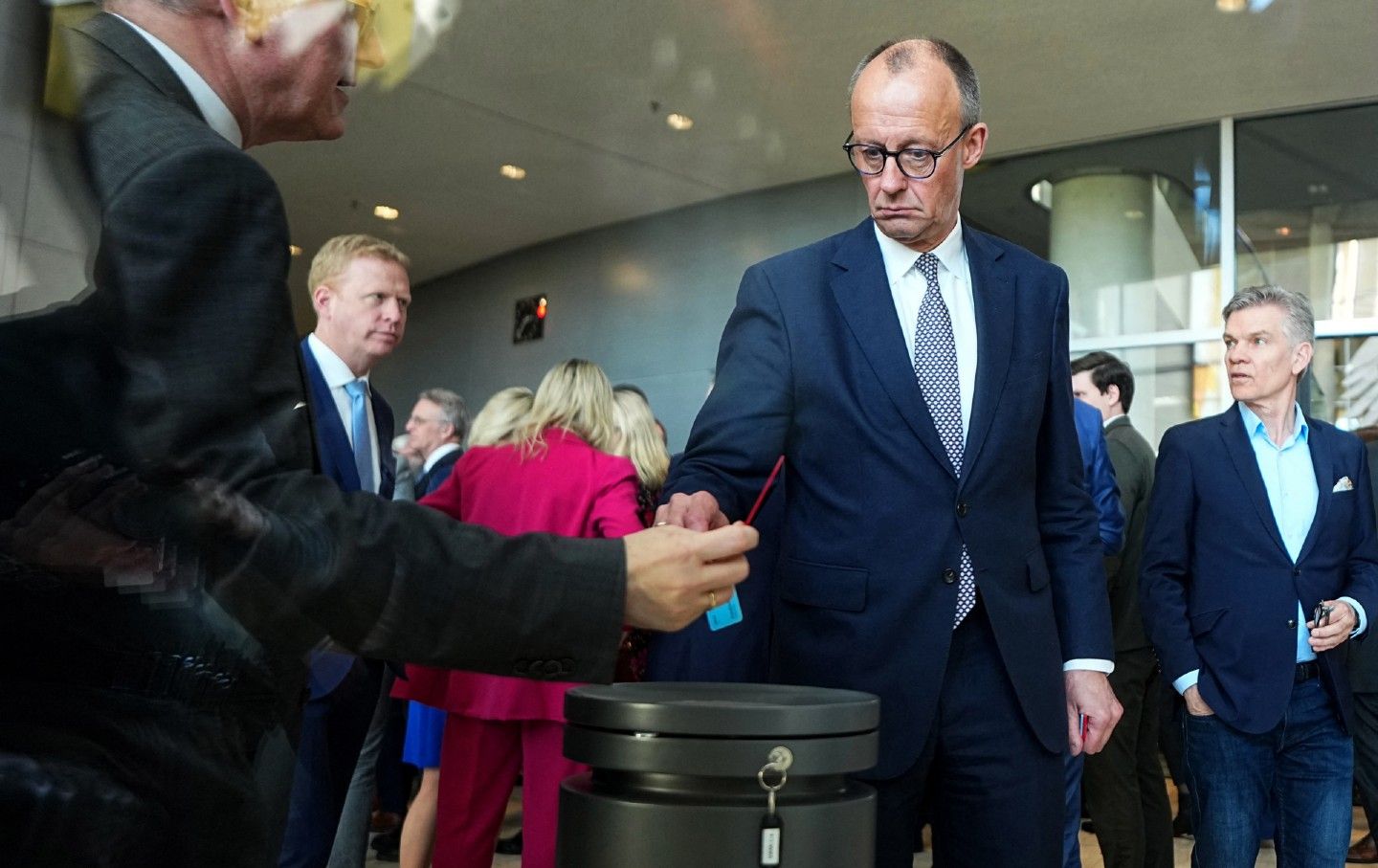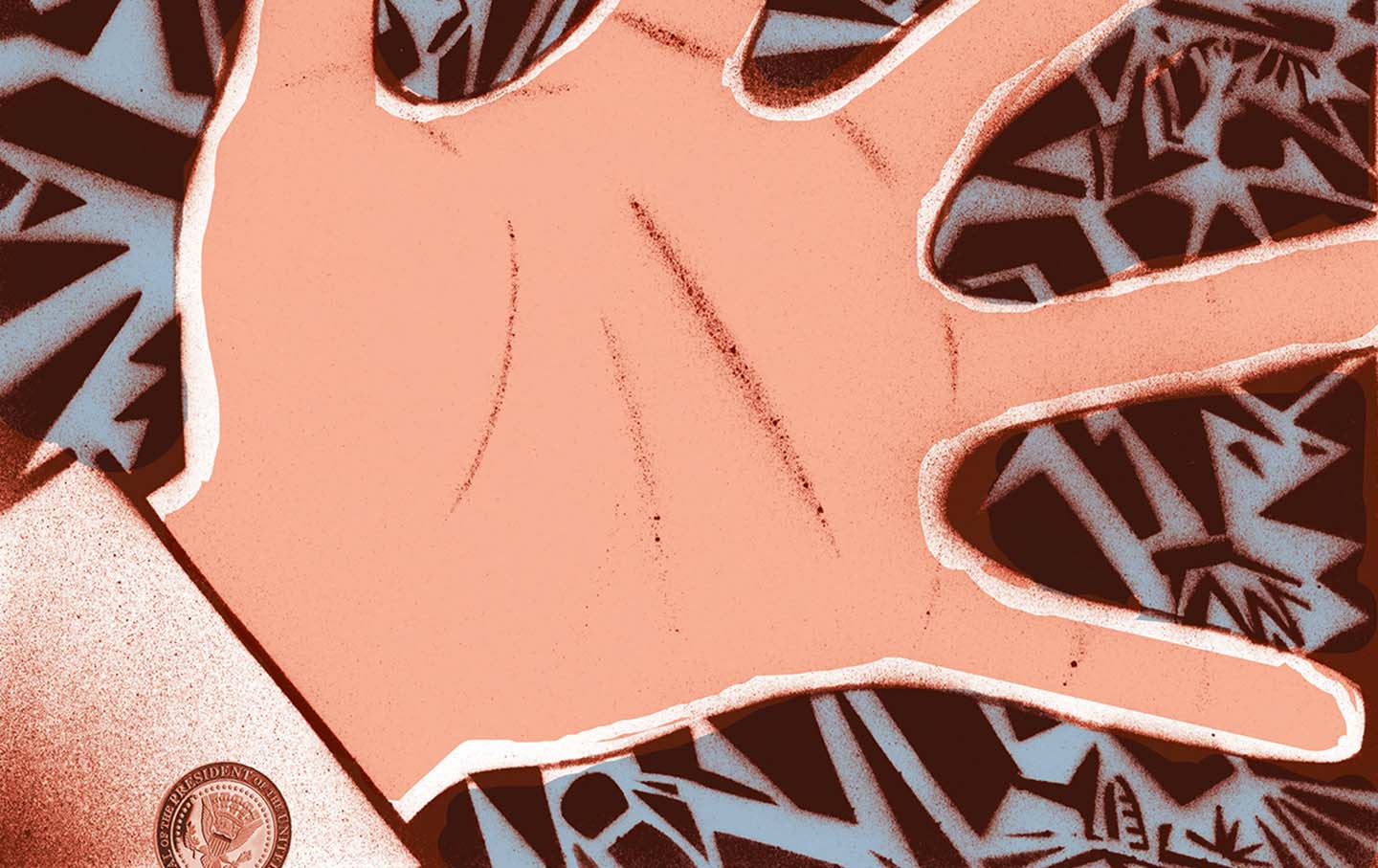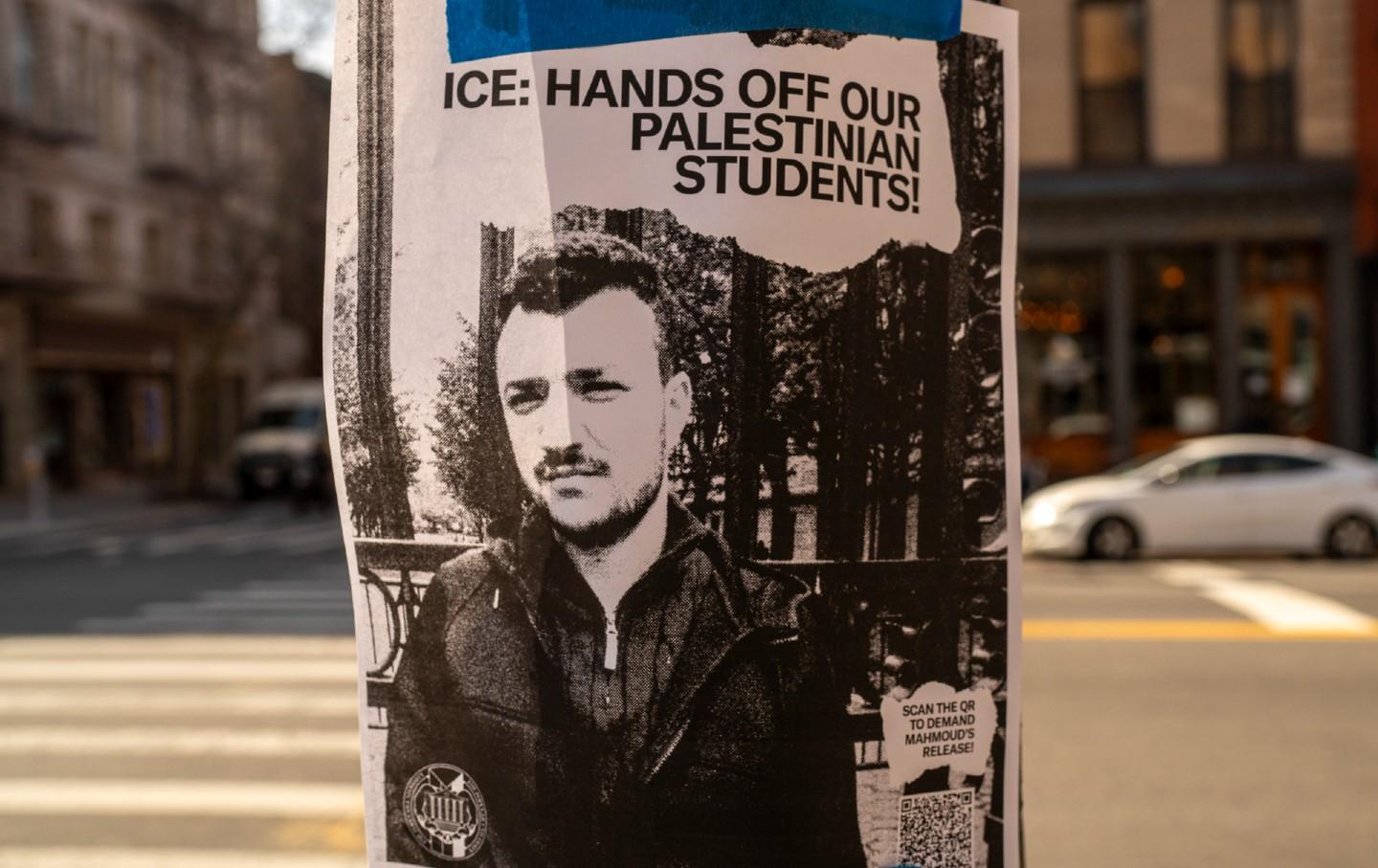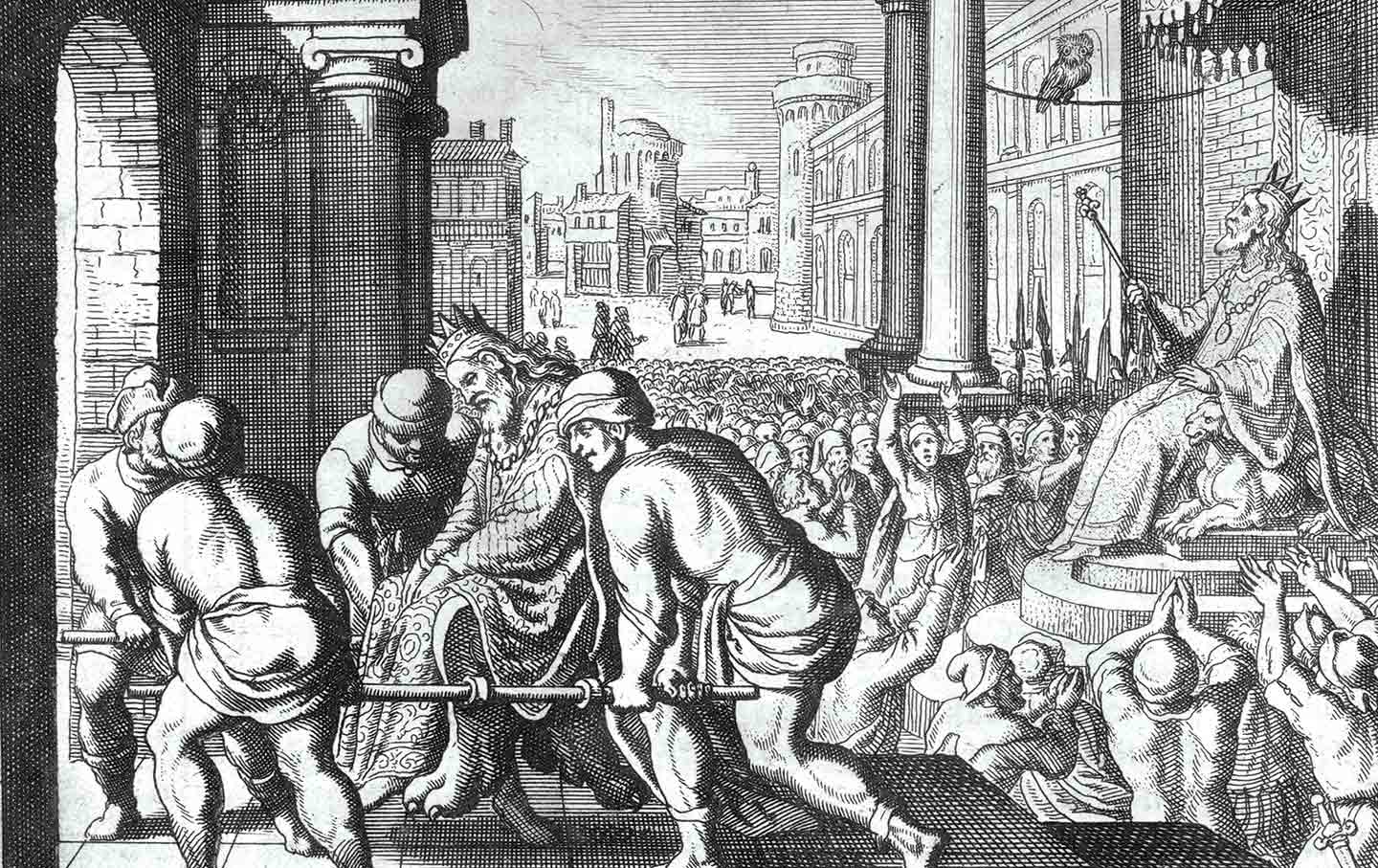On November 16, 1969, Lieutenant William Calley Jr. faces a court martial for his role in the 1968 massacre of more than 400 unarmed Vietnamese peasants at My Lai. This December 8, 1969 Nation editorial quotes soldiers and photographers who witnessed the killing, articulates the country’s frustrations with ineffective proceedings in which the army investigates itself and calls for a fully public Congressional hearing.
It is improbable that the alleged massacre at Son My (“Pinkville”) is all allegation. The version of the South Vietnamese government–that some peasants were accidentally killed by an artillery barrage–may be dismissed out of hand. (To call this a government is blatant flattery. It is a tyranny set up with American aid on a Gargantuan scale; its sole purposes are propaganda and plunder. When it issues a statement, the opposite of what it says is more likely to be true.)
On the other side, we have the testimony not only of Vietnamese who escaped with their lives and who assert that they saw their neighbors and relatives machine-gunned, but also of the American combat veterans who could have no conceivable motive for bearing false witness (at considerable personal risk) against their countrymen. Ronald L. Ridenhour, a former Sp/4, who broke the case, says he is being deluged with “redbaiting, gut-level hate mail.”
Ridenhour, however, was not an eyewitness to what occurred; his informant, Sgt. Michael Bernhardt, was. Bernhardt is still in the Army and was told to make no statements while the matter was under investigation. There may have been sound legal reasons for the order, but Bernhardt disobeyed it on grounds of conscience. He asserts that there was indeed a massacre, and that it was deliberate. “It was point-blank murder, and I was standing there watching it,” he says. There was no resistance, he saw only three captured weapons, and the detachment accused of the shooting–Charlie Company, First Battalion, 11th Brigade, 20th Infantry Division–had suffered no casualties at the time, although they had taken heavy losses in that area previously. He did not see a single male of military age–“only old papasans, women and kids.”
Then there are the photographs of the slain, taken by Ronald L. Haeberle, a former Army cameraman. Haeberle tells the same story as Bernhardt, and adds such items as this: “There were two small children, a very young boy and a smaller boy, maybe 4 or 5 years old. A guy with an M-16 fired at them, at the first boy, and an older boy went over to protect the younger boy. The GI fired some more shots with a tracer, and the tip somehow seemed to be still burning the boy’s flesh. Then they fired six more shots and just let them lie.” There is also the eyewitness account of Paul Meadlo of Indiana, now out of service, who was interviewed on CBS News by Mike Wallace.
If these stories are true, the Americans involved behaved with an on-the-spot savagery that exceeded even that of the Germans at Liddice in World War II. The Nazis wiped out the village, shot all the men, and dragged the women and children off to concentration camps.
The reaction of the counsel for one of the accused soldiers is also reminiscent of Nazi reasoning. “It would have been better for the U.S. if these men had never been charged,” this lawyer said to Barry Cunningham, a New York Post reporter. “These kinds of incidents give our enemies something to seize upon. I regret to see our country prosecute its own people for trying to carry out a mission and win a war.” In short, anything goes.
The one redeeming feature of the Song My mission, insofar was one can judge at this stage, is that American GIs have come forward with their accusations. Commissioned officers have been silent. In the case of the documented story by Daniel Leng of the kidnapping, rape and murder of a Vietnamese girl, carried out by The New Yorker and now out in book form, a GI was likewise the accuser. The commissioned officers told him to lay off: “You can’t buck the system.”
The Army has responded as it usually does when confronted with a major scandal. Lieutenant Calley will be given a general court-martial on charges of premeditated murder. Selecting a lower echelon officer to take the rap for the top brass is, of course, standard operating procedure in the Army. At the same time, the Pentagon has ordered Lieut. Gen. William R. Peers to investigate the facts anew–and also to determine what went wrong with the earlier investigation, ordered by Secretary Laird, which resulted in a whitewash. The argument will now be made that nothing further should be done pending the outcome of these proceedings. But that will not hold water. The public has lost confidence in proceedings by which the Army investigates itself, and notably so in this instance where it tried to cover up the massacre when it occurred.
Unless there is a full-scale public hearing by a Congressional committee, preferably a special joint committee, and failing that some committee other than Armed Services (Senate or House), another whitewash, as in the Green Beret case, is predictable. A public hearing can be held without prejudice to Calley’s rights. Those portions of the evidence referring to him can be taken in Executive session or the committee can simply investigate “around” Calley’s participation. But a public hearing is mandatory. Nothing less will suffice. For not only soldiers–and the Army–are on trial but the American conscience as well, and the nation and the world will be watching.








